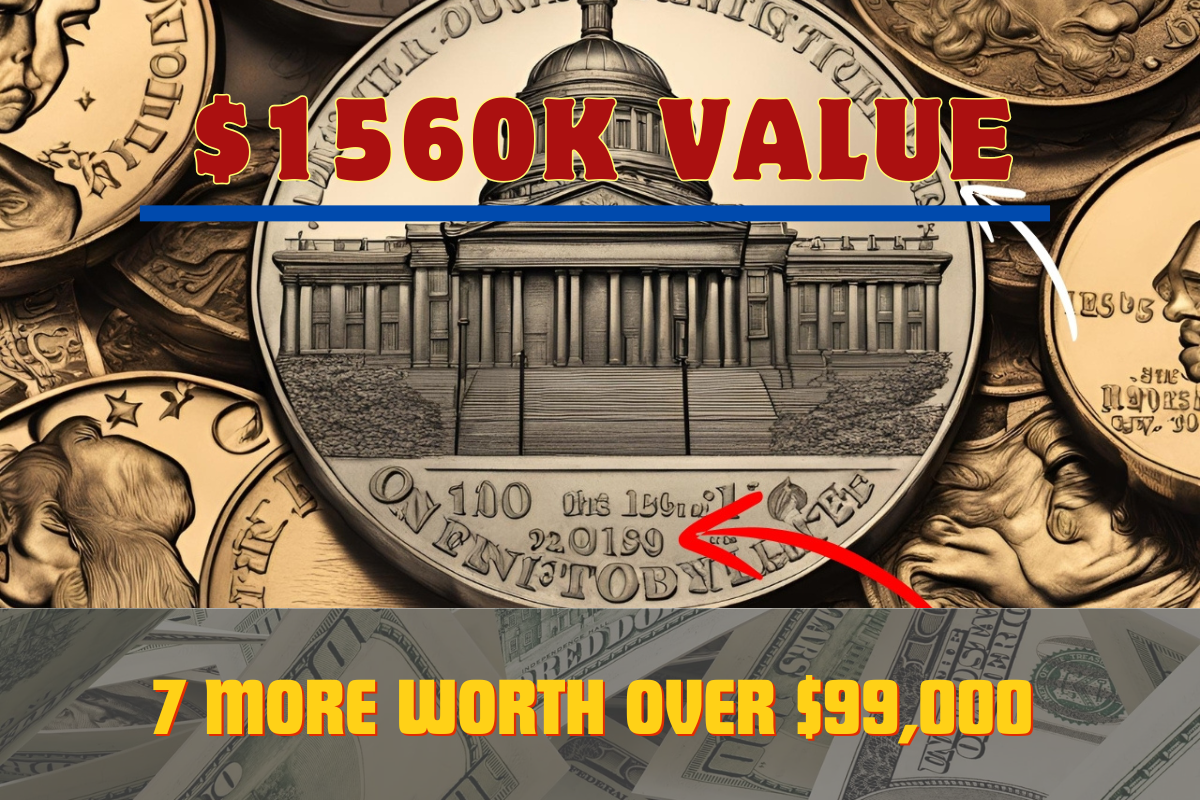Have you ever wandered through your pocket change and stumbled upon something that made you do a double-take? Well, for coin collectors and enthusiasts alike, the Bicentennial Quarter is one such pocket gem that can hold incredible value. If you’ve got a rare version in your hands, you might be sitting on a small fortune! In this article, we’ll explore the world of the Bicentennial Quarter, its history, and why some of them are worth nearly 1560K. Grab a seat, because we’re diving deep into this intriguing topic!
The Bicentennial Quarter: A Glimpse into History
First introduced in 1975, the Bicentennial Quarter was minted to commemorate America’s 200th birthday. The design was a departure from traditional quarters, featuring an image of the historical drummer boy on the reverse side alongside a depiction of the Liberty Bell. This nostalgic imagery captures the essence of American heritage. But hold your horses—most of these quarters are worth their face value. So, what makes certain examples so special?
Understanding Rarity and Demand
In the world of coin collecting, rarity often drives value. The more scarce an item, the more collectors are willing to pay for it. Some Bicentennial Quarters can fetch astronomical prices, especially if they are in mint condition or have unique characteristics. The ones valued at over 1560K are incredibly rare, often identified by specific mint marks or distinctive flaws that originated during the production process. Consider this: it’s like finding a four-leaf clover in a field of three!
Notable Bicentennial Quarters Worth Collecting
When you hear “Bicentennial Quarter,” you might think all of them are created equal, but that’s far from the truth! For example, quarters minted in certain years or with specific mint marks can be vastly more valuable. Generally, look out for these categories:
- Quarters with D over D Mint Mark: This error can significantly increase a quarter’s value.
- Uncirculated Quarters: Those in pristine condition are a collector’s dream.
- Special Editions: Limited releases or quarters preserved in sets can be worth far more than the standard quarters.
If you want to dive deep into the treasure hunt of coin collecting, knowing what to look for will save you time and effort.
The Journey of the 1560K Bicentennial Quarter
Imagine finding a Bicentennial Quarter that can change your life! It’s almost like a modern-day treasure map. The coins that hold values such as 1560K often come with an intriguing backstory; they are typically linked to specific errors during the minting process, or they belong to sets that were never intended for general circulation.
The Importance of Authentication
Hold on! Before you get too excited about that quarter in your pocket, you need to ensure it’s legitimate. Authentication is key. Professionals can help determine whether your quarter is the real deal. It’s like going to a jeweler to get that precious stone appraised!
In Conclusion
The world of coin collecting can be both thrilling and rewarding, particularly when it comes to the Bicentennial Quarter. If luck is on your side, you might just find a valuable piece that puts you on the map. Always remember, the key to unlocking value lies in rarity and demand—just make sure to do your homework before cashing in!
FAQs
1. What are the characteristics of a valuable Bicentennial Quarter?
Look for mint marks, uncirculated conditions, and any unique errors on the coin. Coins that exhibit these traits are more likely to hold higher value!
2. How can I tell if my quarter is a rare Bicentennial Quarter?
Consult with a coin expert or use online resources that detail specific features to look for in rare quarters.
3. Are all Bicentennial Quarters worth a lot of money?
Not all are valuable; many are simply worth face value. It’s the special editions and error coins that command higher prices.
4. Where can I sell my rare Bicentennial Quarter?
You can sell it to coin dealerships, online auction sites, or specialized coin collectors. Just be sure to get it appraised!
5. What’s the best way to preserve my valuable coins?
Store them in a cool, dry place, and consider using coin holders or protective cases to prevent scratches and wear.

